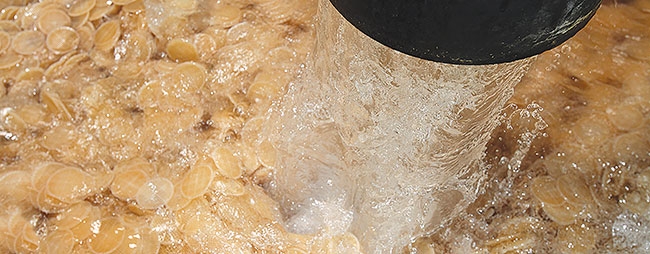
News & Views
Strong forecast for RAS
More RAS facilities are being built and there is no letting up. Initially used for hatchery and nursery purposes, they are now being designed to include full-cycle production.
June 21, 2018 By Ruby Gonzalez
 By 2030 More RAS facilities are being built and there is no letting up. I
By 2030 More RAS facilities are being built and there is no letting up. IBy 2030, up to 40% of total global aquaculture output could be coming from these facilities according to recent research. At present, only about five percent of global aquaculture output is supplied by RAS.
Global fish consumption is projected to hit 152,000 metric tons in 2030, based on a World Bank report. Projection for global production in the same year is 188,000 mt, with an almost even split between capture and aquaculture.
Demand and competition are among the factors that would fuel the steep increase in the global inventory of RAS facilities, according to Luxe Research, citing trends in the key player markets of Europe, North America and China.
Europe will emerge as a large-scale adopter of RAS as demand for high-value species like sea bass and salmon continues to increase. “Research institutes such as the Denmark Technical University and Nofima in Norway will push further commercialization of these systems to improve efficiency and environmental integrity,” it was cited.
The trend toward larger, more efficient systems will also work to the advantage of RAS in China.
Strong competition from importers will lead North American producers in RAS to remain competitive.
Diminishing capture fisheries production will lead more investments in aquaculture, which is associated with drawbacks such as high water use, pollution and destruction of various ecosystems.
The use of inland intensive RAS provides a viable alternative.
Year 2030 is a reference point for the United Nation’s Sustainable Development Goals 2030 Agenda, which includes hunger reduction and improvement in nutrition, poverty alleviation, generation of economic growth and ensuring better use of natural resources.
Print this page
Advertisement
- New hatchery seeks to revive Siberian sturgeon in Kazakhstan
- Cleaner fish the subject of new reference text





